Putting Tesla to the Test
We drive the Model S to see if this pricey EV lives up to the hype.

As I glide through downtown Washington, D.C., in Tesla’s Model S sedan, heads turn, even though the famously luxe electric vehicle doesn’t make a sound. From the long, lean hood to the bulging haunches of the hatchback, the sleek silhouette evokes a fighter jet ready for takeoff. As I cross the bridge over the Potomac River, I press the accelerator to the floor and—whooosshhh—I’m flying.
When Tesla launched its limited-production Roadster in 2008, it was CEO Elon Musk’s intention to create electric cars that are better in every way than models that rely on the internal combustion engine. Job number one for Musk, whose innovations as a force behind PayPal, SpaceX and Tesla garner comparisons with Thomas Edison and Henry Ford, was to create a better battery. Depending on the version, Tesla’s battery can propel the Model S up to 265 miles on a full charge, quieting critics who have shunned EVs because of “range anxiety.” Despite a sticker price that starts north of $70,000, Tesla is selling more than 1,000 vehicles a month and closing in on sales of the Nissan Leaf and Chevrolet Volt.
The Model S is now the best-selling car in eight of the wealthiest 25 zip codes in the U.S.—all of them, as it turns out, in California, where Tesla is headquartered. With the help of substantial subsidies, these early adopters are driving the California dream machine.

Sign up for Kiplinger’s Free E-Newsletters
Profit and prosper with the best of expert advice on investing, taxes, retirement, personal finance and more - straight to your e-mail.
Profit and prosper with the best of expert advice - straight to your e-mail.
The value. With prices that range from $71,070 to $129,770, depending on the size of the battery and other enhancements, the Model S breathes the rarefied air of expensive European luxury sedans—and raises the bar. But a few things take some of the sting out of the price tag.
First, the Model S is eligible for a federal tax credit of $7,500. California, Colorado, Illinois, Georgia, Utah and West Virginia offer incentives of $605 to $7,500. Second, with an electric powertrain, the typical cost to drive the base model is about 4 cents per mile, versus, say, 18 cents per mile for the gasoline-fueled BMW 550i. If you drive 15,000 miles a year, you’ll pay $2,750 to fuel up the Bimmer but only $650 for the Tesla (assuming you pay 12 cents per kilowatt hour to your electric company). Measured another way, the Model S with the biggest battery (85 kWh) earns a mile-per-gallon equivalent from the Environmental Protection Agency of 90 mpge highway, and the version with a 60 kWh battery gets 97 mpge on the highway.
The Model S also requires less maintenance than its gas-engine peers. Because there is no engine (and, hence, no oil changes), maintenance is limited to a checkup about once a year at a service center. (Tesla has 41 service centers across the U.S. and another 19 are on the way.) The battery warranty is eight years or 125,000 miles on the base model (eight years with unlimited mileage on 85 kWh models).
The National Highway Traffic Safety Administration gives the sedan five stars—its highest rating—in every safety category: frontal crash, side crash, rollover and overall. The Model S has eight airbags, including knee airbags for the driver and front passenger. The engineless front end protects passengers in a collision, and the battery has firewalls to contain damage in a crash. (A recent fire after a Model S hit a metal piece of a semi tractor-trailer sparked debate over the car’s safety, but Tesla says it performed as designed and that the onboard alert system instructed the driver to pull off the highway and exit the vehicle.)
The Model S is roughly the size of a Ford Taurus and seats five. The rear hatch has 26 cubic feet of storage space (the Taurus’s trunk holds 20 cubic feet), and fold-flat seats increase it to 58 cubic feet. Plus, you’ll find extra storage space under the hood. The optional rear-facing child seats ($2,500) expand seating to seven.
On the road. In motion, the Model S morphs seamlessly from family hauler to Speed Racer. The base model has 302 horsepower and goes from zero to 60 miles per hour in less than 6 seconds. The top-of-the-line Model S Performance puts out 416 horses and sprints to 60 in 4.2 seconds.
With instant torque typical of electric vehicles, it’s capable of disconcertingly quick acceleration, yet the ride remains composed and the vehicle feels planted, thanks to a low center of gravity. Adjustable drive and brake controls change its character from staid to sporty with a few taps on the touch screen.
The Model S is a gadget geek’s wonderland. Walk up to the vehicle with the key in your pocket and the door handles, which sit flush with the body, pop out. There’s no start button; simply shift into drive and go. Inside, a colossal, iPad-like touch screen controls everything from climate to driving modes. Google Maps and a 3G Internet connection are standard.
All models come with an onboard charger and adapters for standard household outlets, 240-volt outlets and public charging stations. The total charge time with a 240-volt outlet is seven to ten hours. With optional High Power Home Charging ($2,700), you get Tesla’s High Power Wall Connector to install in your garage, enabling you to juice up twice as fast. With a Supercharger ($2,500 on the base model and standard on 85 kWh models), you can connect to Tesla’s network of fast chargers throughout the country and replenish more than half a charge in 20 minutes. Tesla anticipates building enough stations to ensure coast-to-coast travel early in 2014.
At the store. First off, there are no dealerships. Tesla has 35 “stores,” where you can take a test-drive. The company’s direct-sales model means cars go from the factory to the buyer with no middleman—a tactic that has resulted in legal battles with dealers over Tesla’s right to sell in certain states. And there is no haggling over price. You pay sticker.
Instead of offering a choice between a loan and a lease, Tesla combines the two. Finance with the company for at least 36 months and your vehicle is backed by Tesla’s resale value guarantee. That means if you turn in the car after 36 to 39 months (as long as it has less than 45,000 miles), Tesla will buy it back at 50% of the original price and 43% of the cost of options. If you pay cash or bring your own financing, the vehicle won’t qualify for the buyback.
By the end of 2014, Tesla will start selling an electric SUV called the Model X that seats seven. In early November, pricing had not been announced, but it’s likely to top $70,000. Tesla’s next big test is whether it can cut the cost of the battery enough to produce a more affordable model by 2017. (For information on Tesla’s stock, see 5 Stocks to Sell Now, and Tesla Takes Off.)
Get Kiplinger Today newsletter — free
Profit and prosper with the best of Kiplinger's advice on investing, taxes, retirement, personal finance and much more. Delivered daily. Enter your email in the box and click Sign Me Up.

-
 This One Area of Americans' Retirement Readiness Gets a Bad Grade
This One Area of Americans' Retirement Readiness Gets a Bad GradeMillions of Americans score poorly on retirement readiness due to this Achilles' heel. Are you prepared?
By Christy Bieber Published
-
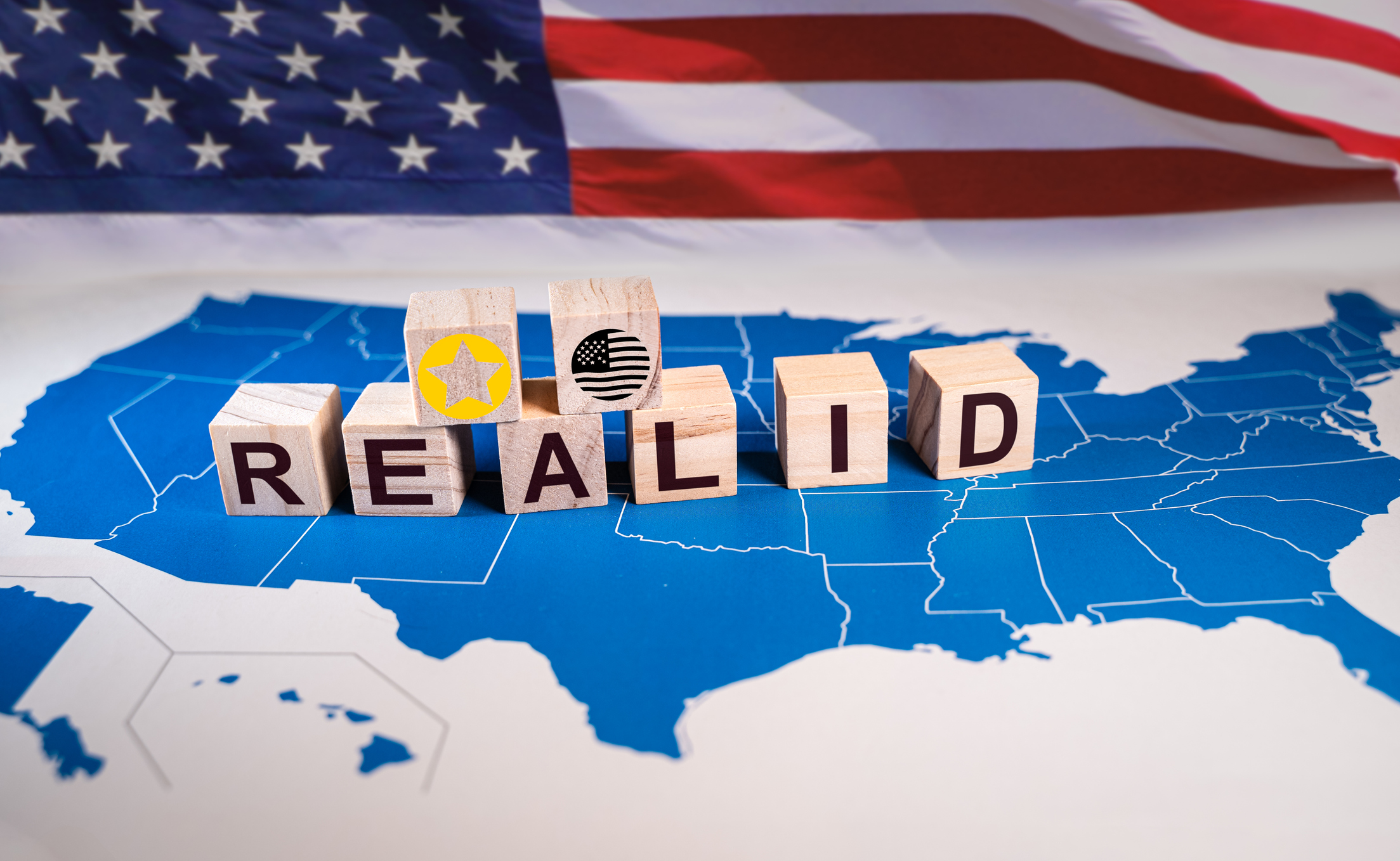 REAL ID Deadline: What You Need by May 7, 2025
REAL ID Deadline: What You Need by May 7, 2025Worried about needing a REAL ID soon? Learn more about the requirement, how to get your ID and valid REAL ID alternatives.
By Laura Gariepy Published
-
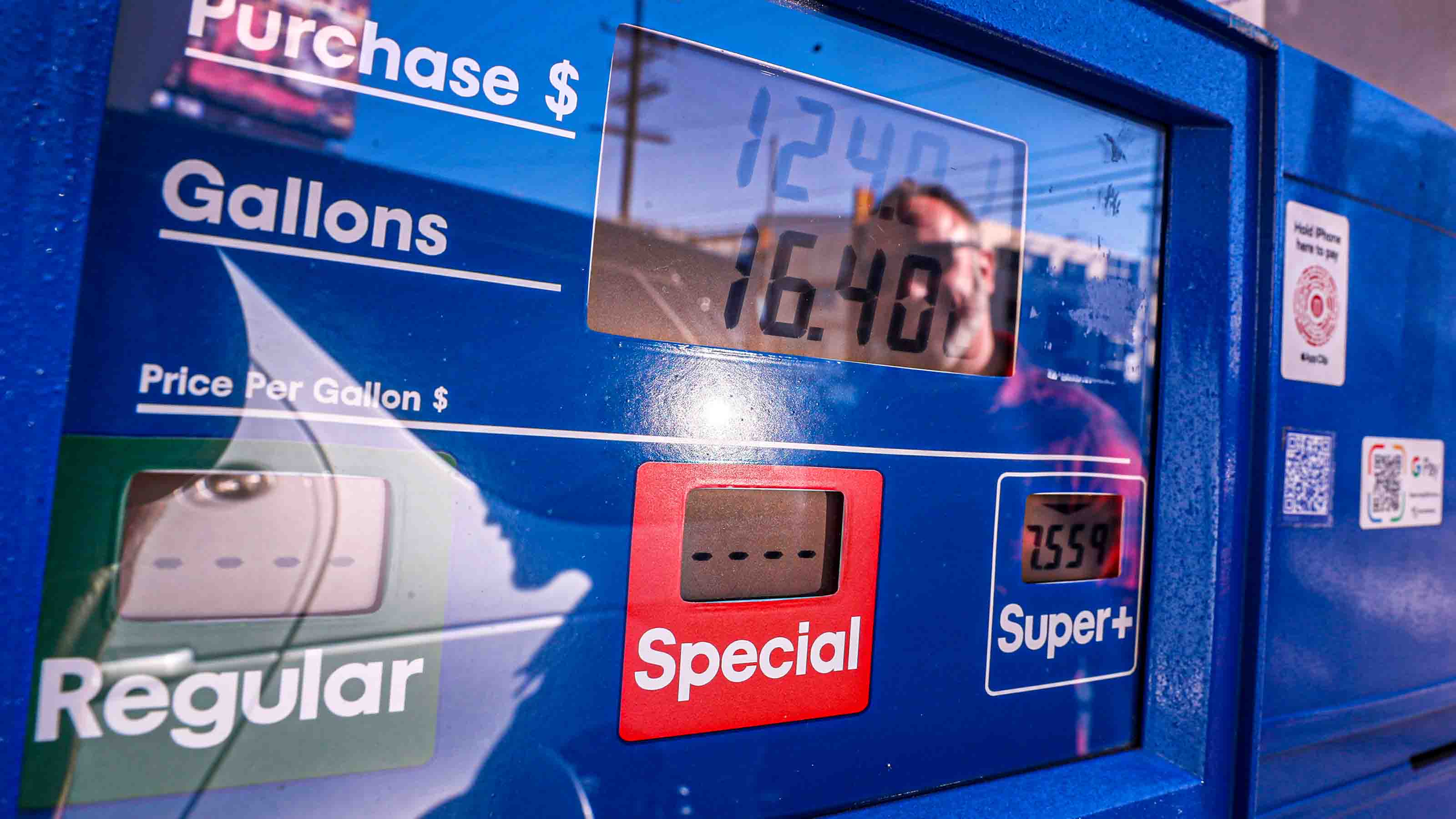 Gas-Saving Tips That Actually Work
Gas-Saving Tips That Actually WorkThese are gas-saving tips that will actually work for you and your car this year.
By David Muhlbaum Last updated
-
 Want to Lease an EV? The Tax Credit 'Loophole' for That Could Go Away Soon
Want to Lease an EV? The Tax Credit 'Loophole' for That Could Go Away SoonTax Credits If you are deciding whether to lease or buy a car, here's what you need to know about the EV lease tax credit.
By Kelley R. Taylor Last updated
-
 Car Buying in a Topsy-Turvy Market
Car Buying in a Topsy-Turvy MarketYou need a new car? Good luck with that! What should you do? We've got some answers.
By Katherine Reynolds Lewis Last updated
-
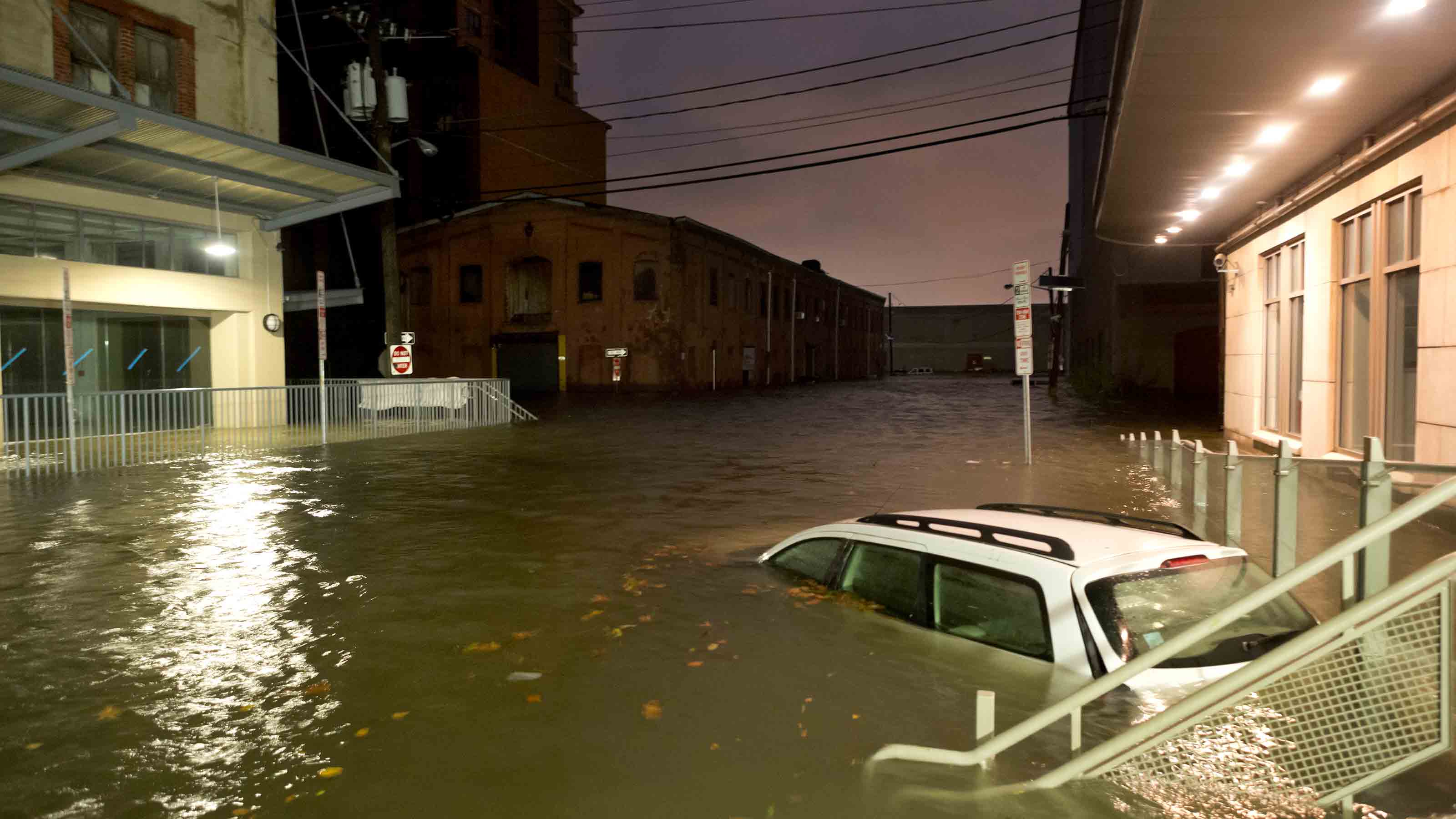 Watch Out for Flood-Damaged Cars from Hurricane Ian
Watch Out for Flood-Damaged Cars from Hurricane IanBuying & Leasing a Car In the wake of Hurricane Ian, more flood-damaged cars may hit the market. Car prices may rise further because of increased demand as well.
By Bob Niedt Last updated
-
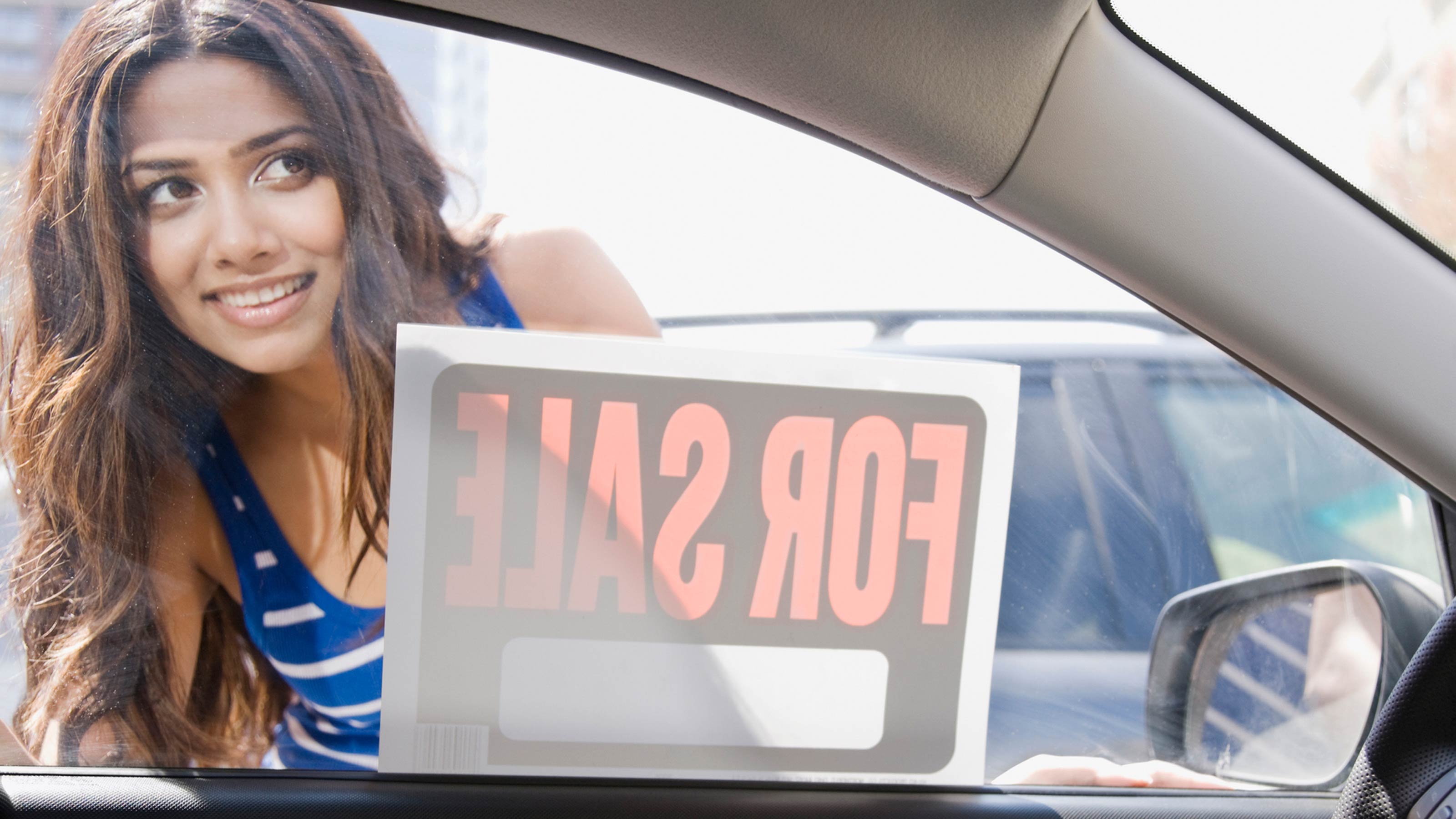 Car Buyers: The 3-Day Grace Period Is Just a Myth!
Car Buyers: The 3-Day Grace Period Is Just a Myth!Buying & Leasing a Car Many car buyers think they have three days after making a purchase to return a car. Here’s where they’re going wrong, and what they should do instead to get a decent used car.
By H. Dennis Beaver, Esq. Published
-
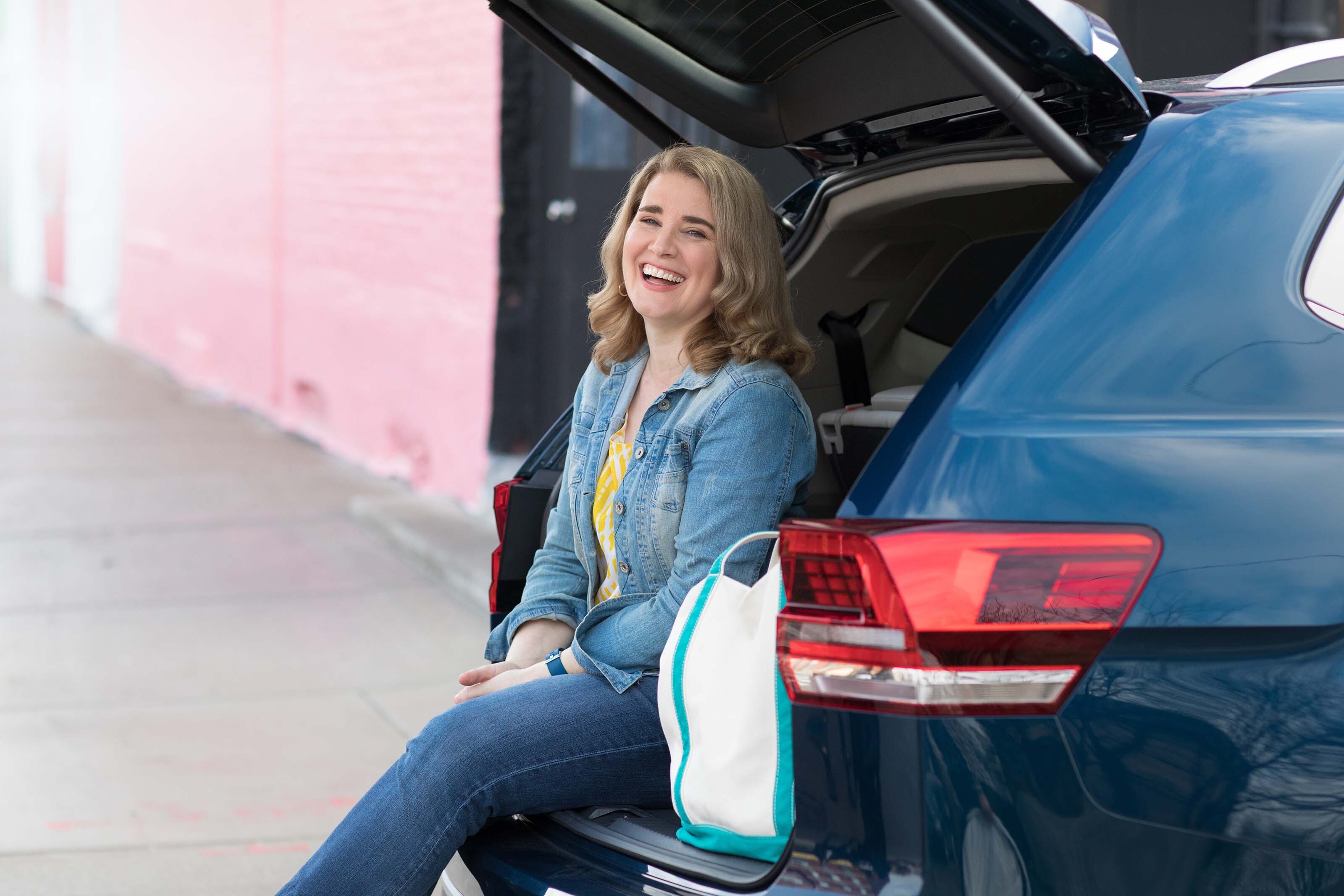 PODCAST: Car-Buying in an Inflated Market with Jenni Newman
PODCAST: Car-Buying in an Inflated Market with Jenni NewmanBuying & Leasing a Car With cars both scarce and expensive these days, what to do if you want – or need – a new ride? Car-buying strategist Jenni Newman of Cars.com shares some tips. Also, more on the magical 9% savings bond.
By David Muhlbaum Published
-
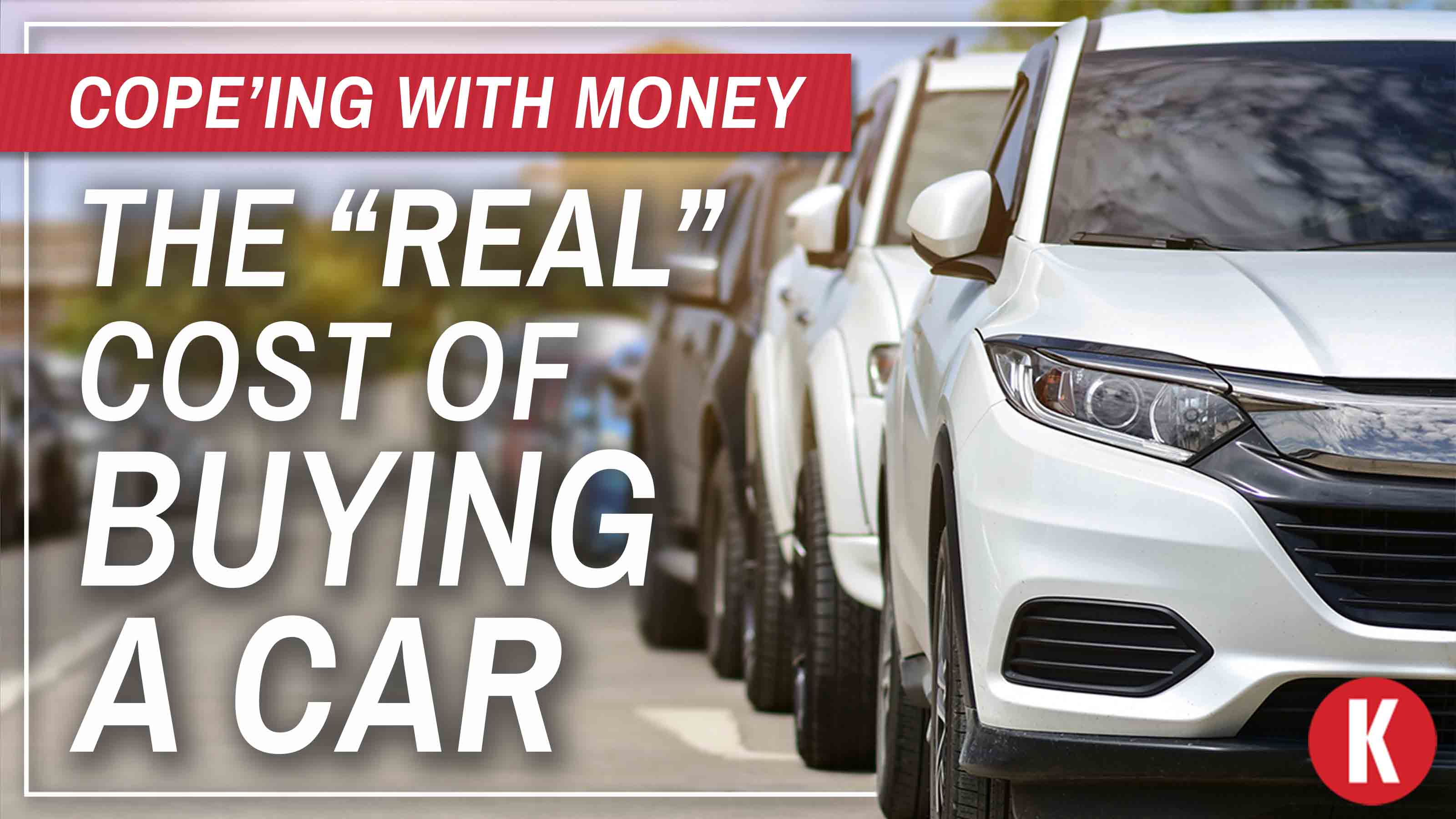 The "Real" Cost of Buying a Car
The "Real" Cost of Buying a CarFeature Atlanta Falcons linebacker and Kiplinger contributing editor Brandon Copeland illustrates how car prices are far more than meets the eye.
By Brandon Copeland Published
-
 How to Get a Car Deal in This Market
How to Get a Car Deal in This MarketBuying & Leasing a Car Low inventories mean it’s hard to haggle on price, but you can still negotiate on financing when shopping for a new or used car.
By Rivan V. Stinson Published